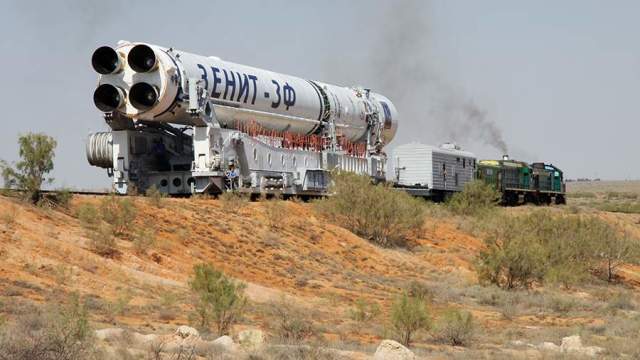An international group of scientists has compiled a list of the 50 most dangerous objects in low Earth orbit. The first 20 lines are occupied by the spent second stages of the Zenit-2 launch vehicles assembled in Ukraine. This was reported on September 28 by RIA Novosti with reference to an article by specialists.
It is assumed that the joint work of scientists will be presented at the International Astronautics Congress in the UAE in October.
It deals with the objects that constitute the greatest danger to the formation of space debris. It is noted that this risk can be reduced after their removal from orbit.
The size of the objects, their weight, the number of collisions with other vehicles, as well as the distance to the nearest satellites were used as comparative characteristics.
In total, the CIS countries account for 43 lines in this rating, it follows from the article. It is noted that we are talking about spent parts after old rocket launches - before 2004.
According to the agency, there is another list compiled by specialists of the Milan Technical University, which includes 70 potentially dangerous objects in orbit. In it, the first 20 positions are also occupied by details of Zenit-2 missiles (launched in 1985-2017). At the same time, almost the entire second half of the rating is occupied by European Space Agency vehicles.
Member of the RAS Space Council, CEO of SR Climate Monitoring System LLC (part of Success Rockets Corporation) Valentin Uvarov said that the topic of space debris is not as widespread as the issue of environmental pollution, and therefore remains a subject for discussion mainly in expert circles.
"However, the problem of space debris can become both a cause and a consequence in a triune threat to humanity together with those mentioned above. The "triune problem" is understood as a threat to the life of mankind as a result of an uncontrolled process in the field of industrial development, digitalization and pollution of outer space," he explained.
According to the expert, the uncontrolled increase and movement of space debris in orbit poses a threat to humanity, since it risks disrupting the operation of satellites that are responsible for the Internet, navigation, telephone communication, weather monitoring, as well as disaster prevention.
On August 15, it became known that the Scientific and Production Association (NGO) of Mechanical Engineering, part of the Tactical Missile Armament Corporation, has developed a new method for cleaning orbits from space debris. It is assumed that a modular spacecraft will be launched into orbit. After transmitting data to the autonomous maneuvering module, it changes orbit, approaches the spacecraft for physical contact and information from orbit.
In May, the head of the information and analytical center of JSC "TsNIIMash" Igor Bakaras said that there are about 7 thousand tons of space debris and 3 thousand tons of operating spacecraft, including the International Space Station, in near-Earth orbits.

